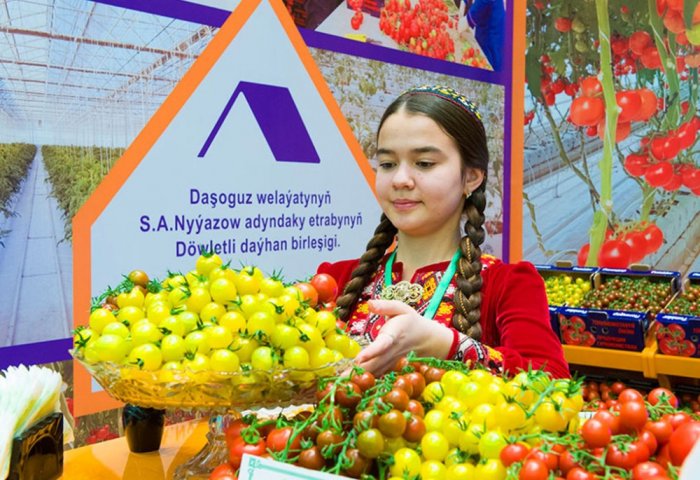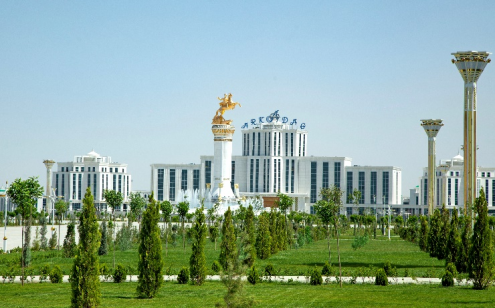The rate of vegetable harvest in Turkmenistan, which launched in June, and their canning by Mive public consumer cooperatives of the velayats is in full swing. Representatives of the country’s business community produce most of the vitamin-rich products. The amount and sorts of crops that need be stocked to meet the year-round demand of the population in fruits and vegetables are laid down in the annual state plan for crop zoning.
This document is compiled with the calculation of crop yields, features of the soil and climatic conditions of each region, and acts as a guide for specialists of the Ministry of Agriculture and Environmental Protection. Agricultural production planning takes place along with an assessment of the profitability of the agricultural sector. The developers of the state plan returned the cotton to the register of crops grown in the Balkan province.
To ensure state order, etrap administrations enter into agreements with individual tenants, daihan (producer) associations and farms, as well as with landowners to grow the planned volumes of fruits and vegetables on the long-term leased land. If necessary, the agro-ecological agency, at the request of the velayat administration, provides agricultural producers with free seeds and with the complex of agrochemical and technological services on preferential terms. The local farmers grow their products in environmentally friendly conditions, without the use of GMO technologies. The products have an optimal price-quality ratio, so consumers prefer fruits and vegetables grown in the country.
This year, a large amount of potato crop was obtained. All regions of the country, except for the northern region, harvested it in early summer. Dashoguz velayat supplied the planned volume by September. The farmers exceeded the harvest rate, and the state received 127.19 thousand tons of tubers.
Tomato is a vegetable that fruits yearlong. At the end of the season, manufacturers plan to harvest 65 thousand tons with a yield of 250 c/ ha. Ahal, Balkan and Mary provinces handled the state order for tomatoes.
The coastal region grew most of all cucumbers, fulfilling the state order by 114%. The leaders of the cucumber harvest in the west of the country were the farmers of the Bereket etrap, which grew 36.5 percent more cucumbers than the planned volume. The farmers of the Ahal and Murgab oases, who supplied the state with 927 and 1100 tons of crops respectively, also fulfilled the state plan for the cultivation of cucumbers.
Four regions distinguished themselves in onion harvest, except for the northern Dashoguz velayat. This year, the state set the goal to harvest 78.5 thousand tons of this vegetable. To date, the farmers of Ahal and Mary velayats fulfilled the state plan by harvesting 15.3 and 18.4 thousand tons of onions respectively.
With regard to cabbage and carrots, local farmers have harvested more than half of the volume of these crops for now. The rest will be collected in the autumn season. This year, the country plans to harvest 21.25 thousand tons of cabbage and 38.34 thousand tons of carrots.
The farmers of the country plan to produce 214.7 thousand tons of gourds. Currently, Ahal and Mary provinces completed the planned harvest and the Balkan velayat is in the process of completion. In September, the collection of varieties of melons and pumpkins of late ripening begins, so the department will sum up that the results of the gourd harvest by December.
The grapes begin to ripen in the second half of July, so the harvest of some varieties lasts until late autumn.
For the storage of crops, the state organized a modern network of specialized warehouses equipped with cooling equipment and automatic system for maintaining the temperature and humidity conditions, and with packing lines.
Source: “Turkmenistan: Golden Age” newspaper









30635-90x604.jpg)




30625-90x604.jpeg)
_(1)30624-90x604.jpg)


